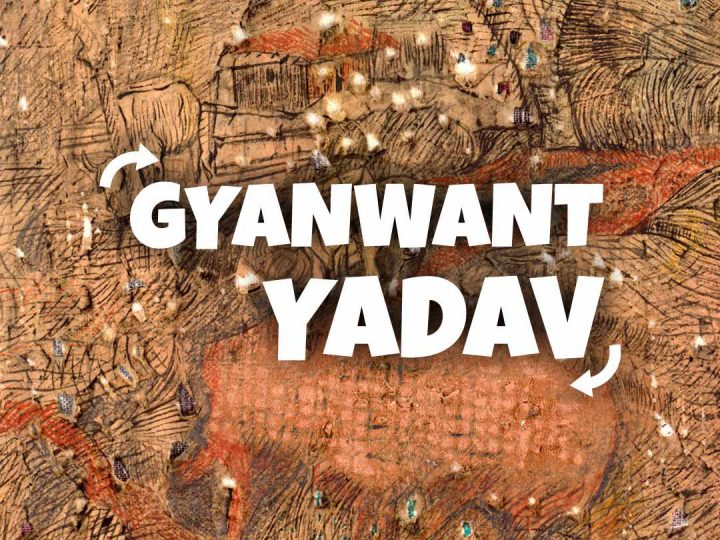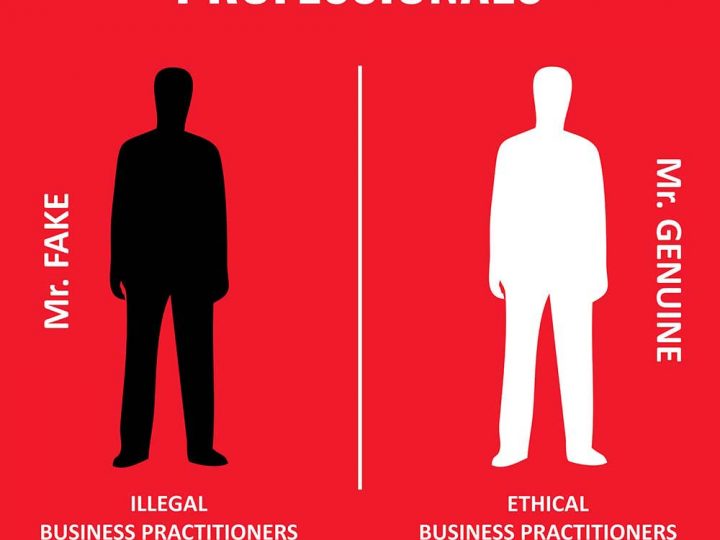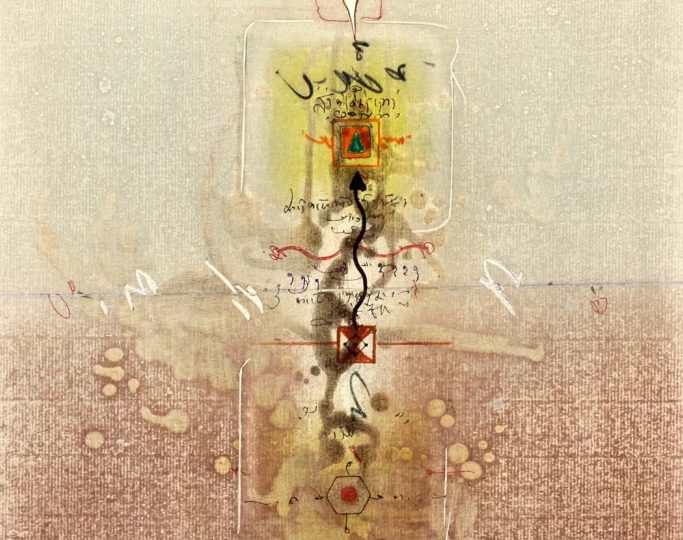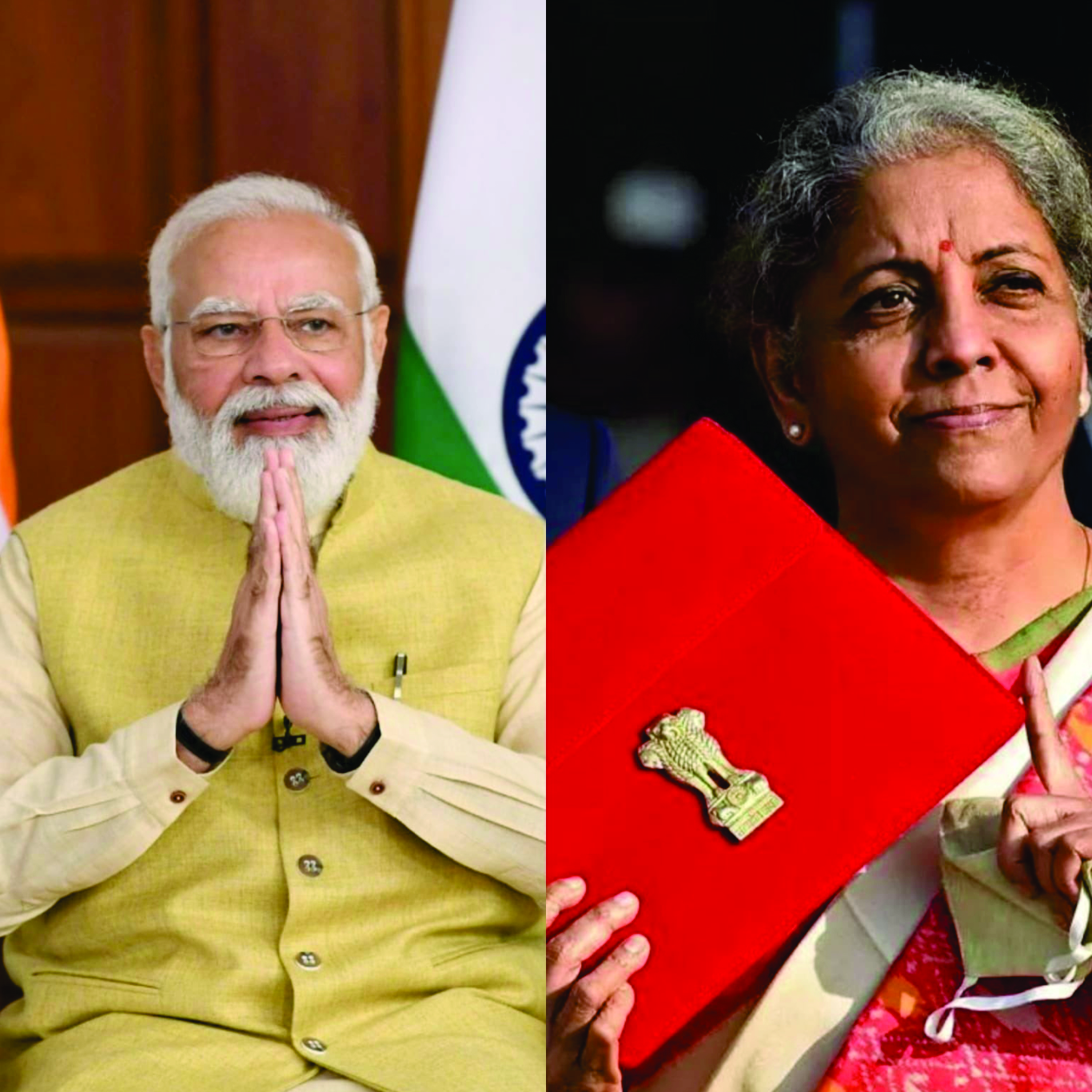
Honourable Prime Minister of India Shri Narendra Modi & Honourable Finance Minister Smt. Nirmala Sitharaman
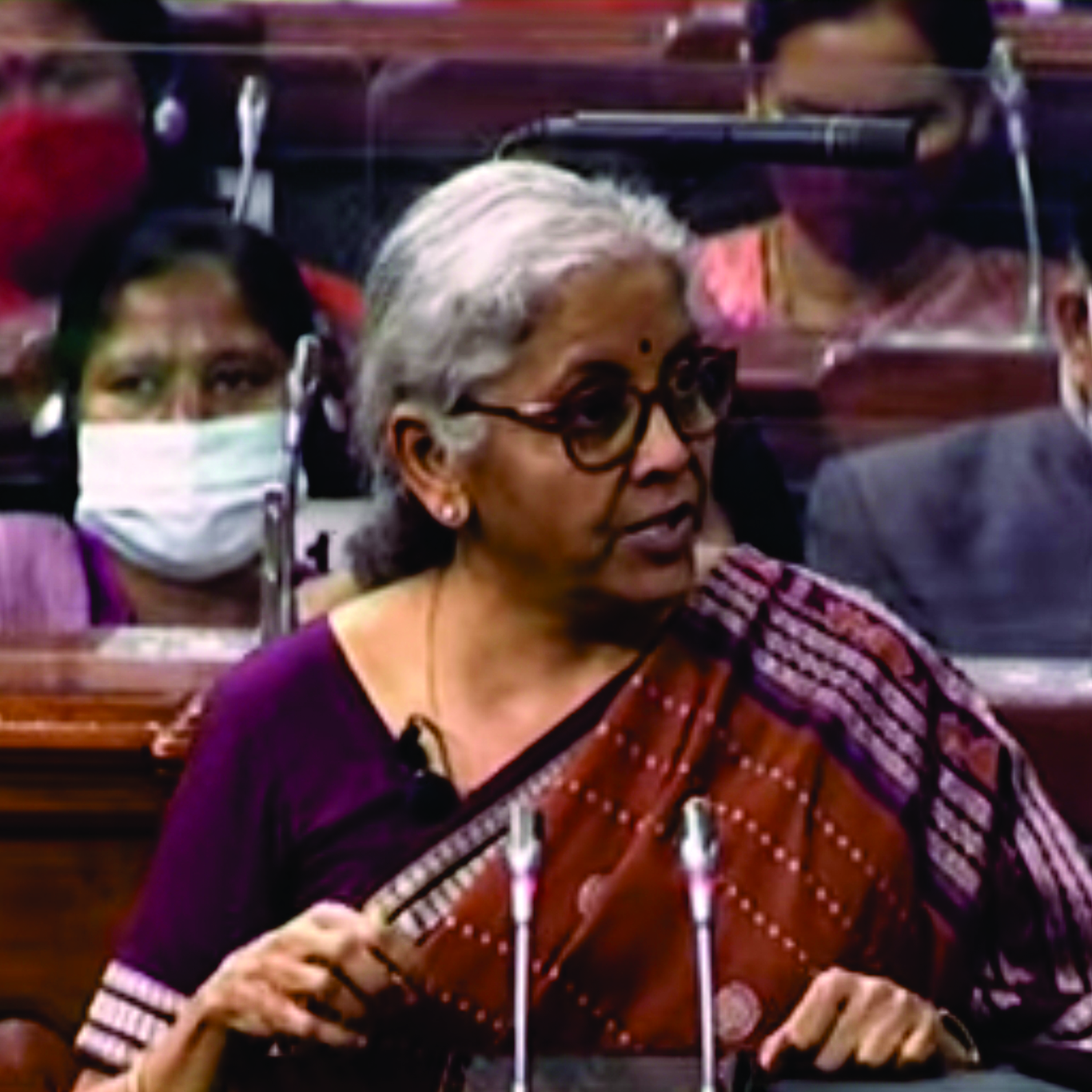
Honourable Finance Minister Smt. Nirmala Sitharaman presenting the budget 2022-2023
02.02.2022 – The Economic Times headline summed up the budget with the writing FM’s Booster Shot: Rx Capex. The budget focused on sectors that can generate growth in terms of revenue and job creation. It also included promoting the digital economy & fintech, technology-enabled development, energy transition, and climate action. On the social side, digital education and basic utilities like housing, electricity, cooking gas, and access to water have been included in the programmes.
The budget provided by honourable finance minister Smt. Nirmala Sitharaman on the 1st of February, 2022 has been highly applauded. Every year there is hope and expectation of beneficial scheme for the promotion of fine arts, paintings, or art but the wait continues.
Having said that, the focus of the government in arts and heritage is seen on the outlay for Annual Budget 2022-23 of the Ministry of Culture is Rs. 3009.05 Crore as against the revised outlay (Rs. 2665.00 Crore) approved for the revised Budget Plan 2021-2022.
It is obvious every Government looks for big Money. For that, it requires taxes. The first step to that is the creation of Jobs, which the consumer goods and utility services can make happen. Considering these factors, from the government’s point of view, I understand the fine art sectors does not provide them with the following:
1. Significant revenue to the government
2. Mass employment opportunities
3. Technological upgradation
4. Mass consumed products
5. High financial viability
6. Infusion of high Capex
7. The most important, structural consumption
One should also consider the problems faced by the fine arts sector, as well. It is too much to ask for the sector, whose ecosystem has marginal support from the government. This goes to be a vicious circle, where the government won’t support the sector because it is not generating jobs and revenue and the sector won’t flourish because there is marginal help from the government.
It is also believed that no sector can flourish unless with the major support of the government.
Fine Arts and Budget

Artwork by Natu Mistry
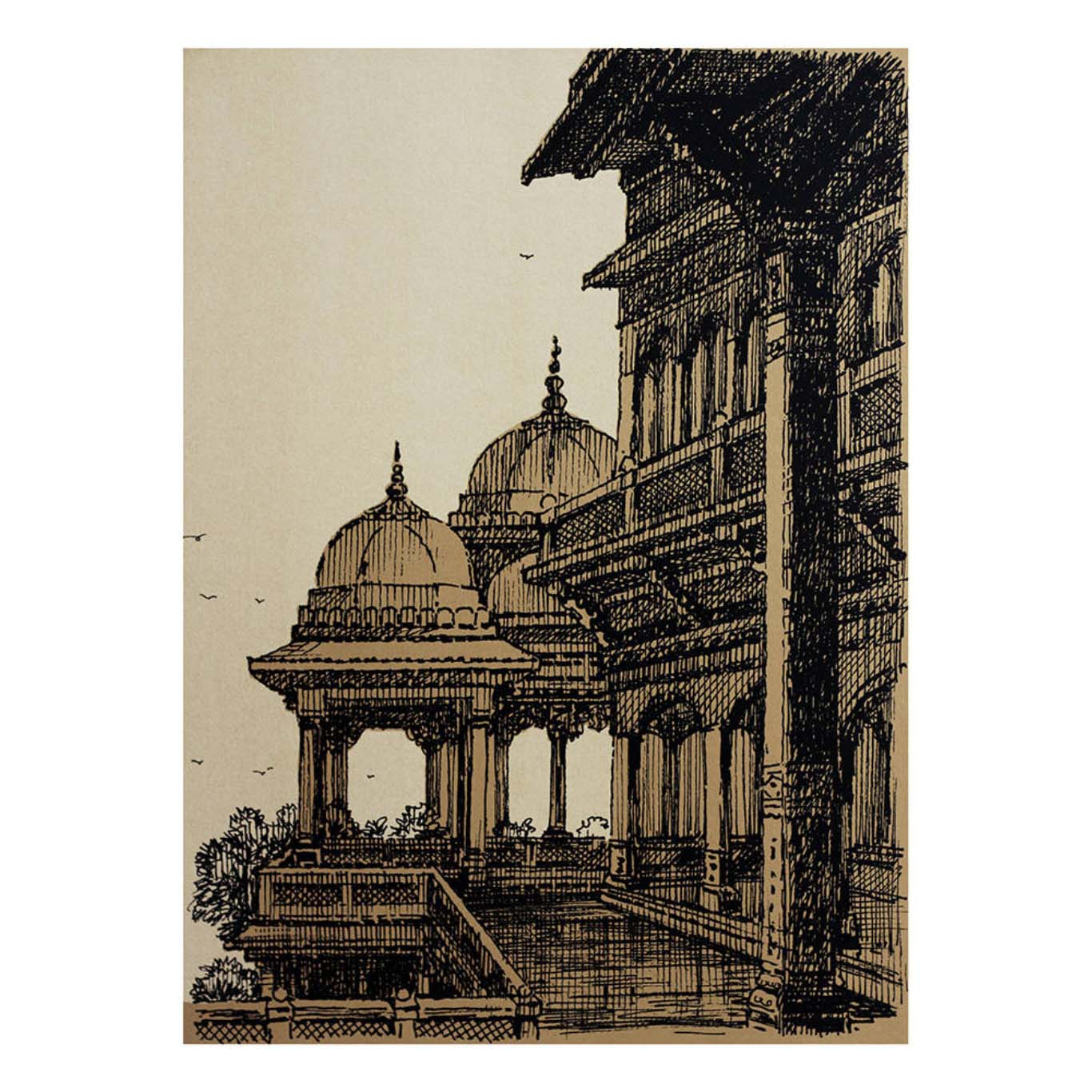
Artwork by Natu Mistry
Cultural Infrastructure
In this budget of 2022-2023, the approach is driven by seven engines, namely, Roads, Railways, Airports, Ports, Mass Transport, Waterways, and Logistics Infrastructure. All seven engines will pull forward the economy in unison. These engines are supported by the complementary roles of Energy Transmission, IT Communication, Bulk Water & Sewerage, and Social Infrastructure. However, the bigger concern lies in the development of cultural infrastructure?
We are certainly heading towards growth if this vision is implemented and executed well. With an increase in net worth, the majority of the citizens will be driving expensive cars, using advanced gadgets and the HNI’s will afford to roam in their private yachts. When it comes to buying art, they will go to China to get cheap paintings or Europe/America for cutting edge art. Unfortunately, in the long term with no proper infrastructure in place, nor will we have the capacity to build art factories or institutes for research where one can develop art with newer means and technologies. At that point in time, I am afraid we will look like a third world country in our approach towards our arts and culture. As we missed the bus in the Industrial Revolution, I hope we do not miss the bus here.
In my opinion, an inclusive approach would be interesting. While the roads are developed, side-by-side art infrastructure also grows. Most of us are familiar with the the conditions of our heritage, public art museums, and government art galleries. Upgrading the old ones and building the new ones will certainly boost the sector not only in creating awareness but also generating revenues for the government bodies. Also, Art tourism is one the finest options alongside religion and border tourism with a country rich in arts, culture and heritage.
For faster and inclusive growth along with other sectors, the fine arts sector needs government attention at the earliest. Monalisa and Starry Nights represent Paris and Amsterdam because their government decided to project it as their cultural symbol. The keywords here are Government and its focus. What India represents? Comparison is not a tool, yet to simplify it, does our youth know about Indian Monalisa and Indian Starry Nights?

Artwork by Amit Ambalal
Incentives and Benefits
The budget accommodated incentives for newly incorporated manufacturing entities under a concessional tax regime. Similarly, the fine art sector can be given incentives in terms of land, R&D, and more for its sectorial growth.
One of the most valuable sectors that have a huge role in contributing to the GDP like electronics, Gems and Jewellery, Chemicals, MSME, Exports, is given a boost by means of exemptions or subsidies of duties. These are developed sectors that are given a booster for further growth. The art sector, which is underdeveloped and has immense potential to grow, is looking for much-needed incentives.
EV cars and Solar energy have gained initial success on the production and consumer front because of tax incentives and subsidies. However cost saving and environment friendly it is, it would take much time to get attention unless promoted by the government. Once the government takes note of it, it does create an impact.

Artwork by Vrundavan Solanki
Soft Power
In her budget, Mrs. Sitharaman mentioned that the animation, visual effects, gaming, and comic (AVGC) sector offer immense potential to employ youth. An AVGC promotion task force with all stakeholders will be set-up to recommend ways to realize this and build domestic capacity for serving our markets and the global demand.
A similar task force can be set up with the Indian fine arts sector as a soft power focusing on exporting Indian art products like paintings, prints, sculptures, books, merchandise in the international market and promoting it by exporting the job orders. We are looking at a huge opportunity for which a manufacturing hub is needed where the raw Indian talent can work wonders in national and international markets. Indian art just like Chinese and American art on international shores is still a distant dream.

Artwork by Shanti Dave
Research, Development and Skill Upgradation
Another point she made was through research and development and skill-based learning lot of youth can be involved in Artificial Intelligence, Geospatial Systems and Drones, Semiconductor and its eco-system, Space Economy, Genomics and Pharmaceuticals, Green Energy, and Clean Mobility Systems have immense potential to assist sustainable development at scale and modernize the country. They provide employment opportunities for youth, and make Indian industry more efficient and competitive.
It will be very difficult for the art sector and its ecosystem to survive without proper research and development centres. India at 75, still lacks skill development centers for artists, International standard art colleges and universities are limited for art students, and almost minimal infrastructure for galleries, museums, curators that supports and promotes fine arts ecosystem which can help to commercially scale it up.

Artwork by Yashwant Shirwadkar
With the scale and speed at which the promotion and development in the fine art sector is taking place in the above-mentioned areas by India @ 100, we would have to import the talent to build our art ecosystem and infrastructure. It will be a big matter of concern for a country like us.
In a country like India, where culture is of utmost importance, I wonder why we keep forgetting the foundation of it. In a race to economic growth, are we forgetting arts and culture? Once a man has money, he will seek a better lifestyle, good food, entertainment, music, dance, literature and paintings in homes and offices.
In the long-term, where will we source quality art and talented artists, sincere galleries and curators, without infrastructure, promotion, support and development of the sector? This reminds me of an incident at a major art fair in one of the middle eastern countries. The local collector, a wealthy businessman, came to this art fair to buy art. With him, was an international consultant from Europe. She was picking artworks for him. The buyer was looking for local talent but didn’t find any worthy quality artwork. At last, he had to settle for a foreign artist. Imagine the loss to the country, its artists, the art ecosystem, art revenues and the overall damage to its arts and culture.
Having said that I am optimist that soon the government and related ministries will take a note of it and help in developing and promoting Indian fine arts sector. I pray for the development and growth of the fine art sector making India proud.
Disclaimer: This article is an observation based on previous budgets and most importantly, the budget of 2022 presented by honourable finance minister Smt. Nirmala Sitharaman under the auspicious leadership of honourable Prime Minister Shri Narendra Modi. The aim of this article is to reflect the current scenario of the art market and its place in the budget. This article should not be treated as a comparison with any other industry, rant or complaint against the government (previous or existing) and should be treated as individual views only. Though facts have been cross-checked, any correction brought to the notice will be rectified. These views are personal and don’t represent the industry or any organization, public or private.
Photos and Text © Chaitya Dhanvi Shah


